Some watches fit into history. Others disrupt it. When Hublot Big Bang was unveiled in 2005, it didn’t ask for permission. It didn’t chase classicism. It threw together rubber, ceramic, and gold with an unapologetic attitude that still sparks debate today. Love it or hate it, the Big Bang forced the industry to take notice, and two decades later, it’s just as polarizing, just as relevant.
To mark 20 years of defiance, Hublot drops five anniversary editions. Each one channels the original energy of the 2005 Big Bang, fused with the mechanical muscle and material innovation that defines the Unico era.
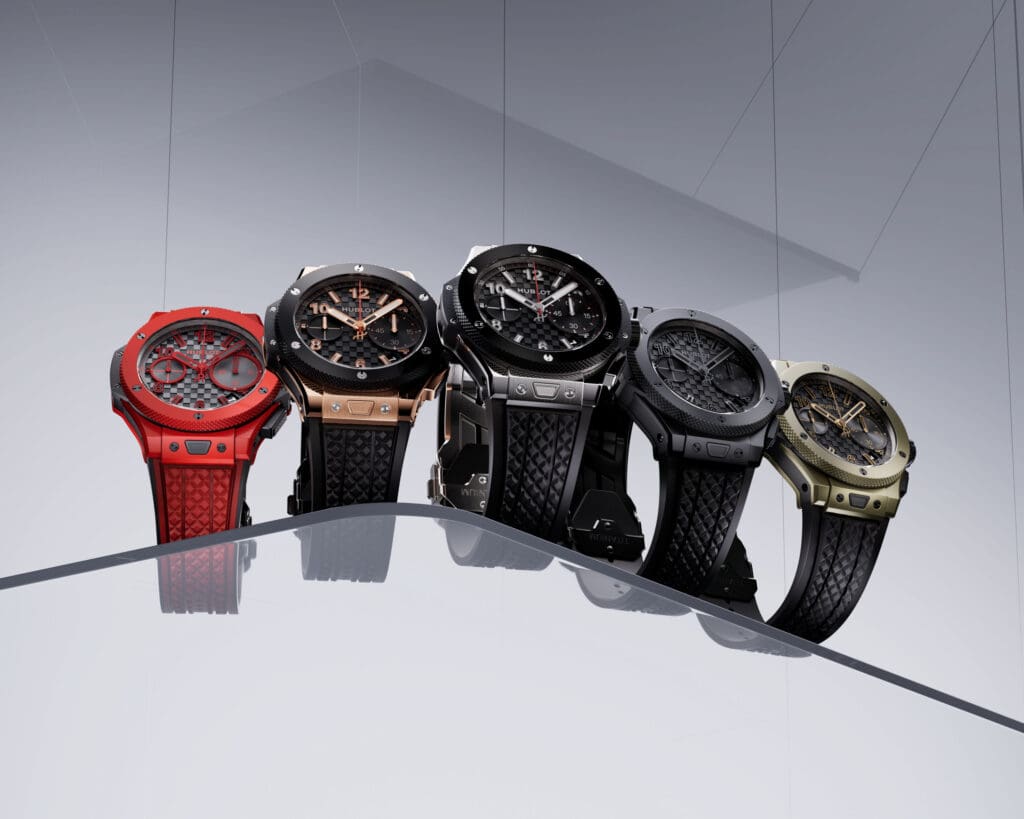
The Titanium Ceramic and King Gold Ceramic editions are a direct line to the past. Their silhouette, with pinched lugs, knurled bezels, and rubber-tipped pushers, echoes the early Big Bang models. But the heart is pure modern Unico: in-house flyback chronograph, 72-hour power reserve, and a redesigned carbon-pattern dial that feels both familiar and forward-looking.
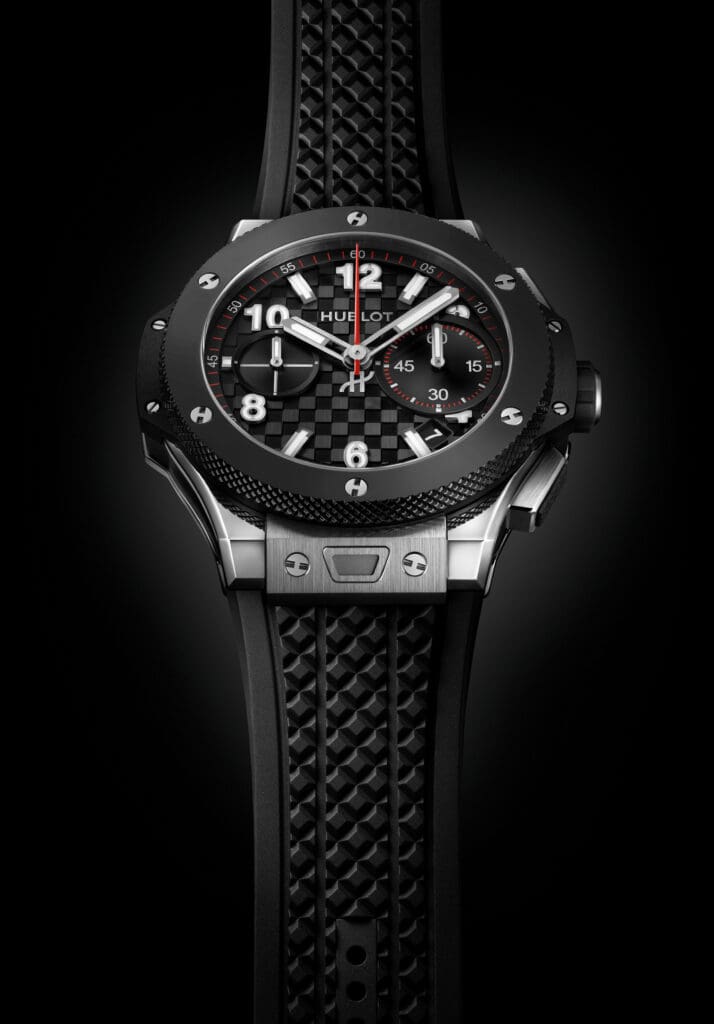
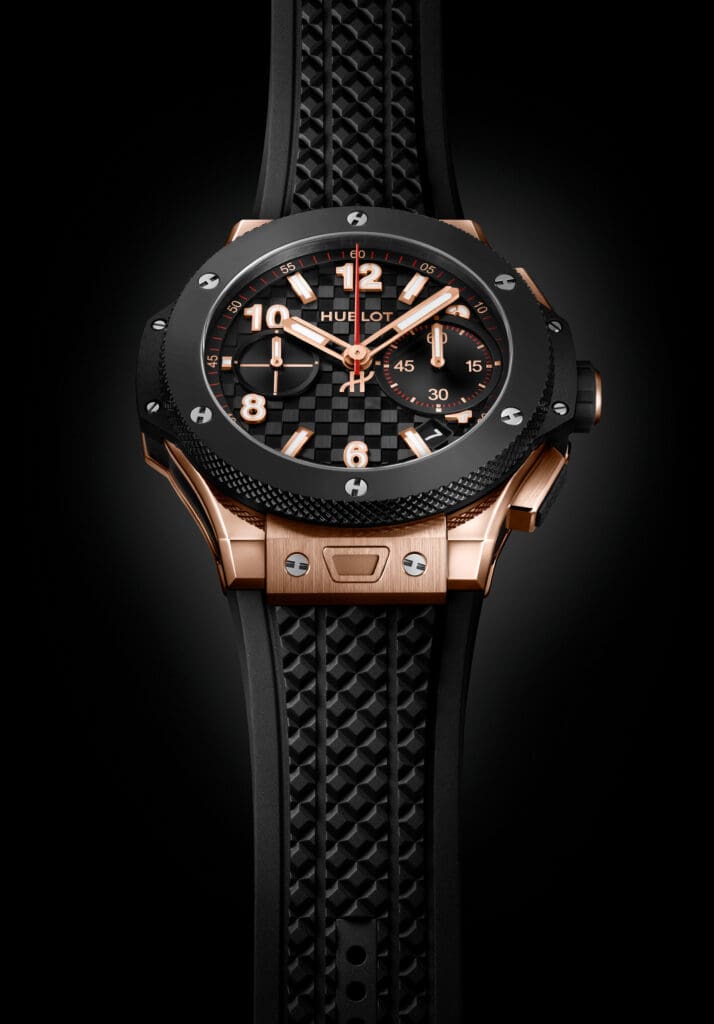
The Red Magic is Hublot’s flex. Bright red ceramic, difficult to engineer, even harder to ignore, wrapped around a black carbon dial. This isn’t subtle. It’s a statement in color and confidence, and only 100 exist.
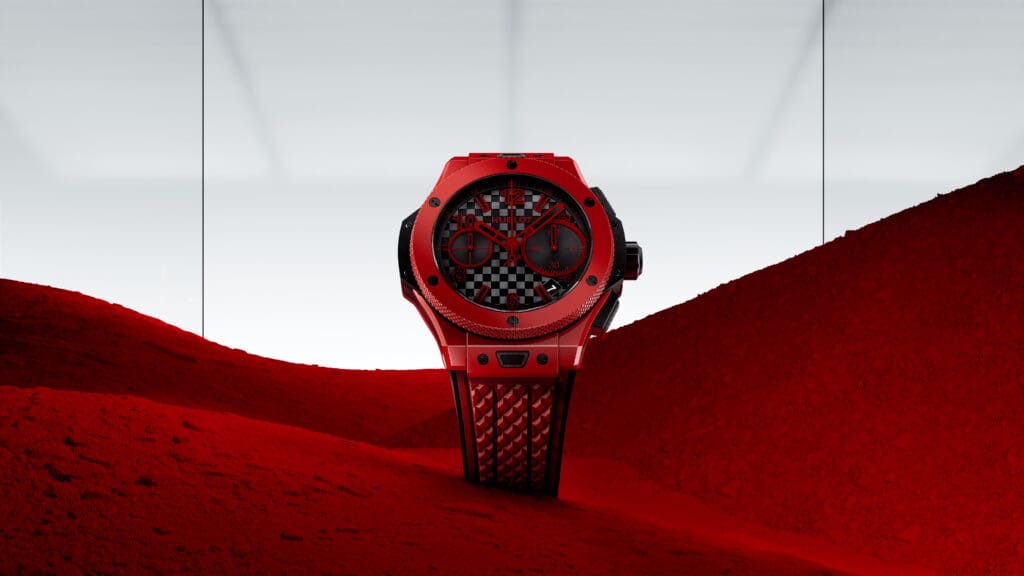
The All Black edition taps into one of the most radical ideas ever introduced in modern watchmaking: form over function. Readability was never the point. It’s monochrome minimalism taken to the extreme, with layered textures and a matte ceramic case that draws you in, even without contrast.
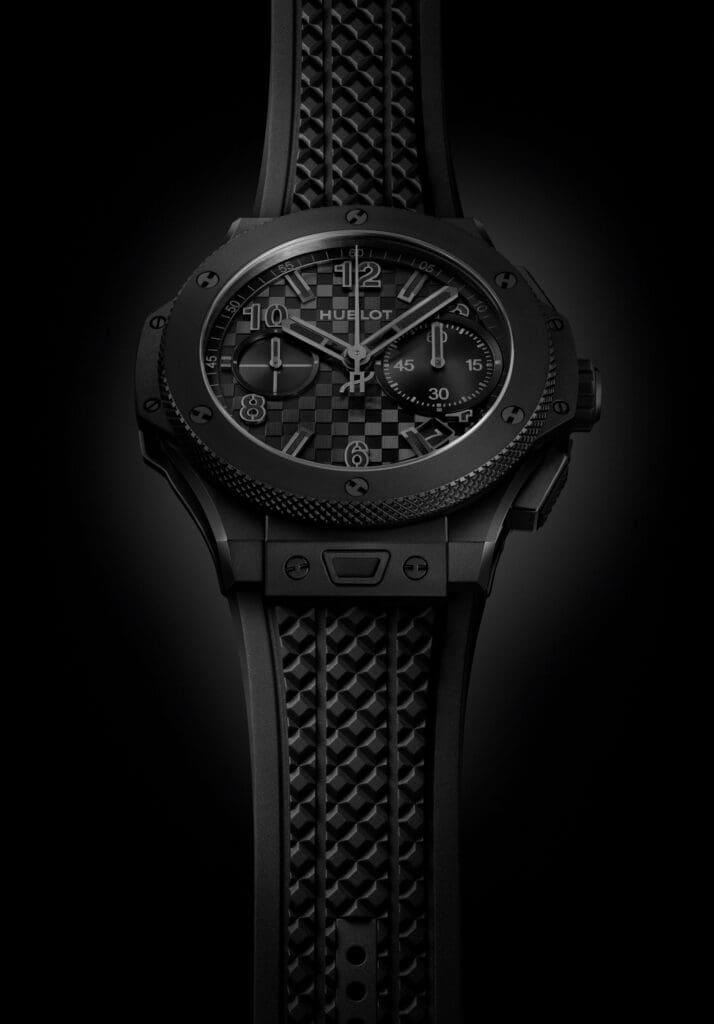
Finally, the Magic Gold edition showcases Hublot’s material mastery. A proprietary alloy that’s scratch-resistant, industrial yet precious. The case glows with a greenish-gold tint, paired with gold-tone hands and markers that reflect Hublot’s fusion-first philosophy better than words ever could.
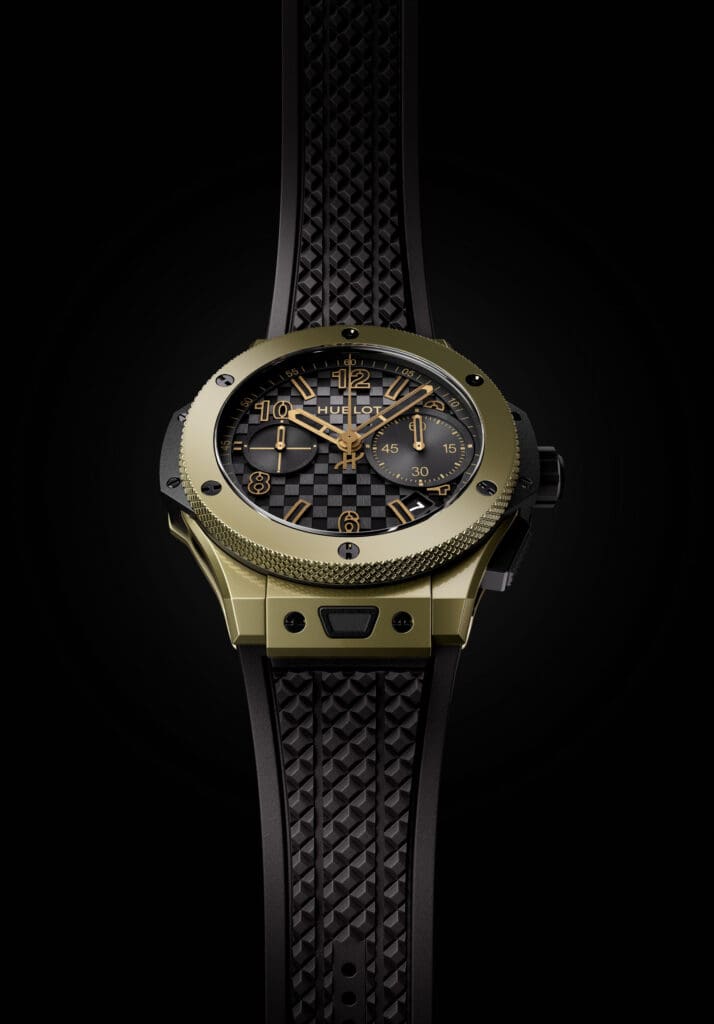
Each piece is powered by the Unico movement and features a commemorative rotor engraved for the anniversary. They come strapped to structured rubber with the One-Click system, practical, yes, but also part of the Big Bang’s signature identity.
Two decades on, the Big Bang still gets people talking. Still draws sharp lines between admiration and critique. And that’s exactly the point. Hublot didn’t create the Big Bang to blend in. It built it to challenge, and in doing so, carved out a place no one else could.